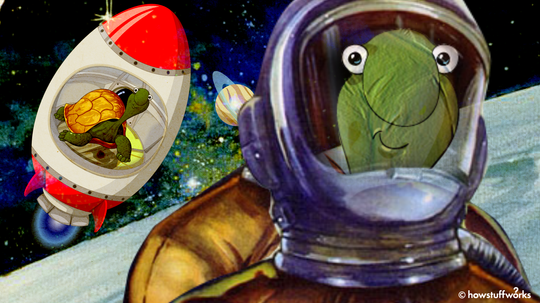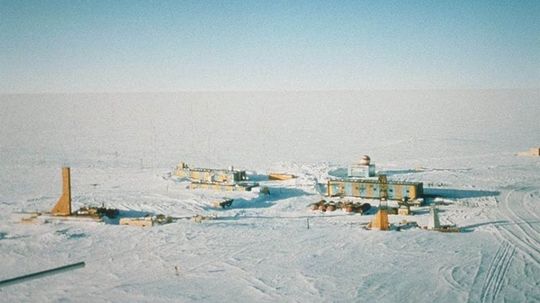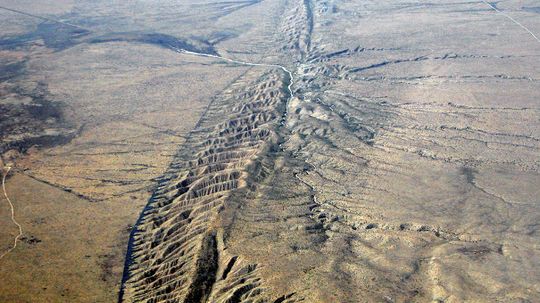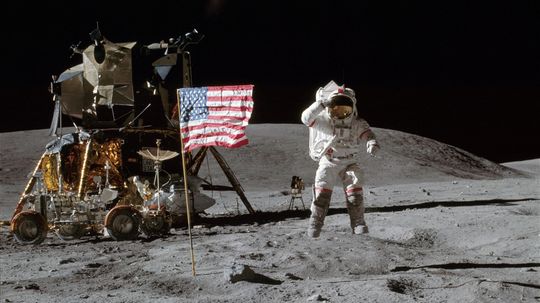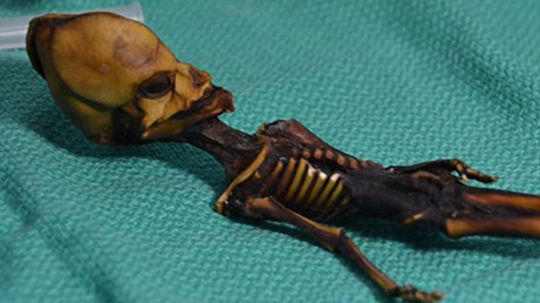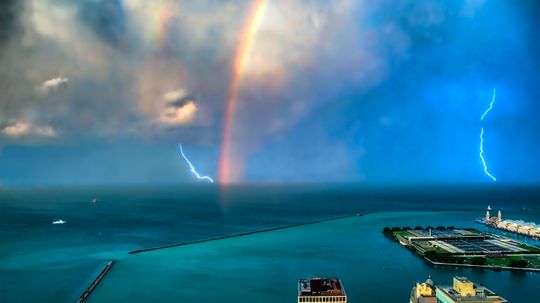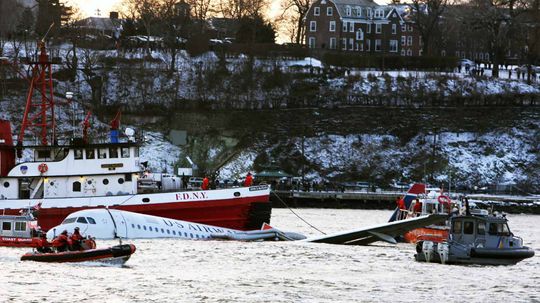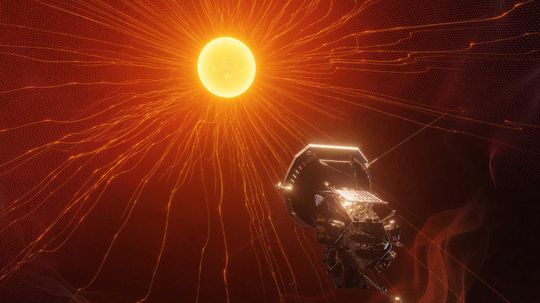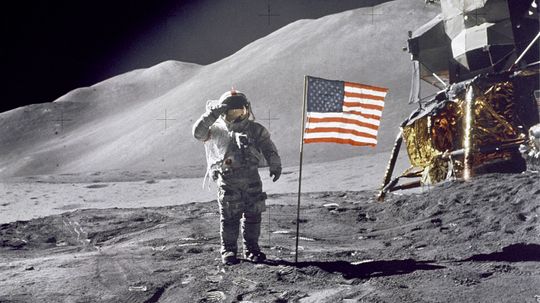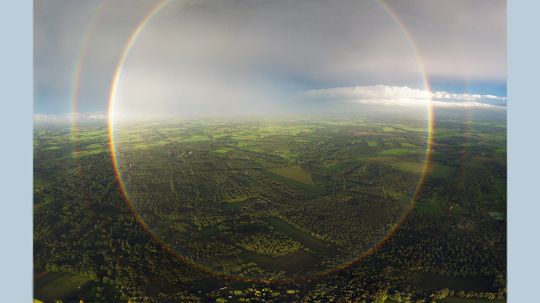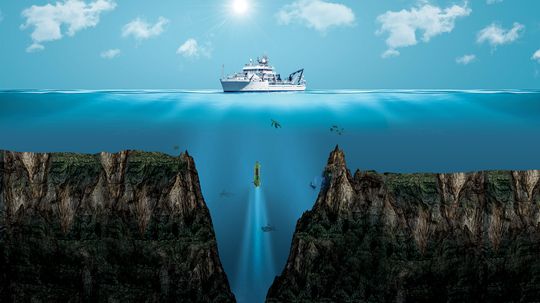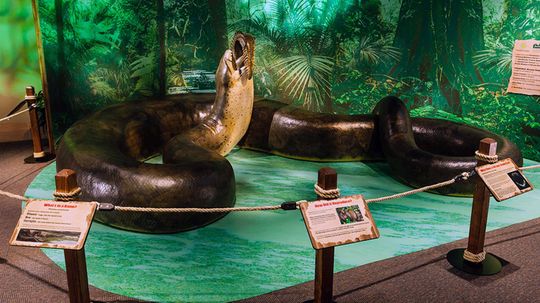Mark Mancini is a freelance writer currently based in New Jersey. Over the years, he’s covered every subject from classic horror movies to Abe Lincoln's favorite jokes. He is particularly fond of paleontology and has been reporting on new developments in this field since 2013. When Mark's not at his writing desk, you can usually find him on stage somewhere because he loves to get involved with community theater. And if you ever feel like trading puns for a few hours, he's your guy.
Recent Contributions
Yep, two small-bodied Russian tortoises made it to the moon and back before man did.
By Mark Mancini
Deep underneath Antarctica, there lies a hidden lake. Roughly the size of North America's Lake Ontario, the buried landmark has inspired curiosity and controversy for decades.
By Mark Mancini
Scientists are concerned that the Thwaites Glacier is melting at a rapid pace, though some don't love the name "Doomsday Glacier." What does the rapid melt of this huge glacier mean for the future of our planet?
By Mark Mancini
Advertisement
Ice cubes usually look cloudy and opaque in the middle, despite the fact that water is clear. What's the deal?
By Mark Mancini
The oceans on planet Earth cycle through daily tidal changes. But the ground beneath our feet experiences tides of its own, too.
By Mark Mancini
You know that sound synonymous with a certain laser blaster from a galaxy far, far away? Yeah. It sounds like that.
By Mark Mancini
Rossby waves influence everything from high tides to extreme weather patterns, and not just on Earth. They also occur on the sun and on Venus and Jupiter as well. So, what are they exactly?
By Mark Mancini
Advertisement
It's perhaps one of the strangest fossils ever discovered. We'll explain how it came to be 15 million years ago, and how hikers found it in the '30s.
By Mark Mancini
Both dry and over-saturated soil can contribute to flash flooding. Can anything be done to prevent them from becoming catastrophic?
By Mark Mancini
All that seashell collecting you've been doing actually hurts the environment.
By Mark Mancini
You know Apollo 11. But what did the other Apollo missions accomplish after Neil Armstrong made his giant leap for mankind?
By Mark Mancini
Advertisement
Your eyes aren't playing tricks on you. Those mountains way off in the distance really do look blue, and it's because of how light wavelengths scatter in the atmosphere.
By Mark Mancini
The Atacama skeleton has sparked intense controversy and, based on its appearance, speculation of alien origin since its discovery in 2003. But what is the real story behind this little skeleton?
By Mark Mancini
From Isaac Newton to Ivan Pavlov, scientists have developed and tested hypotheses through carefully crafted experiments for centuries. Here are three groundbreaking hypotheses and the predictions they tested.
By Mark Mancini
You may never see it happen live, but if you do, consider yourself lucky. Because this meteorological phenomenon doesn't happen very often.
By Mark Mancini
Advertisement
Not all diamonds are found on dry land. Many turn up in sediments below the ocean's surface. You just have to know where to look.
By Mark Mancini
Sand turned to glass at White Sands Missile Range. What do we know today about the remnants of the world's first nuclear blast?
By Mark Mancini
Autopsies have been around since ancient times, but they seem so shrouded in secrecy. What goes on when a corpse goes under the knife?
By Mark Mancini
It can definitely be done — we saw Capt. Sully Sullenberger successfully land an Airbus A320 without any engines, in the Hudson River no less. But just how far a plane can fly without its engines depends on a few different factors.
By Mark Mancini
Advertisement
Many people get speed and velocity confused. It's no surprise because the terms are often used interchangeably. But they're not quite the same thing. So how do you find the velocity of an object?
By Mark Mancini
Since it launched Aug. 12, 2018, NASA's Parker Solar Probe has made 11 of the 24 planned approaches with the sun, analyzing the massive star's solar wind and magnetic fields. But just how close will it get to our solar system's massive star?
By Mark Mancini
Since its inception in the late '50s, NASA has accomplished some amazing technical feats. But what are some of the agency's greatest moments?
By Julia Layton & Mark Mancini
The simple explanation is you have to be in just the right spot and the conditions have to be perfect for you to see the entire 360 degrees.
By Mark Mancini
Advertisement
The ocean is so deep, it puts the height of Mount Everest to shame.
By Mark Mancini
The extinct Titanoboa snake lived around 66 million to 56 million years ago. These things were massive and could reach 50 feet long and 3 feet wide making them the largest snake ever to have roamed the Earth.

